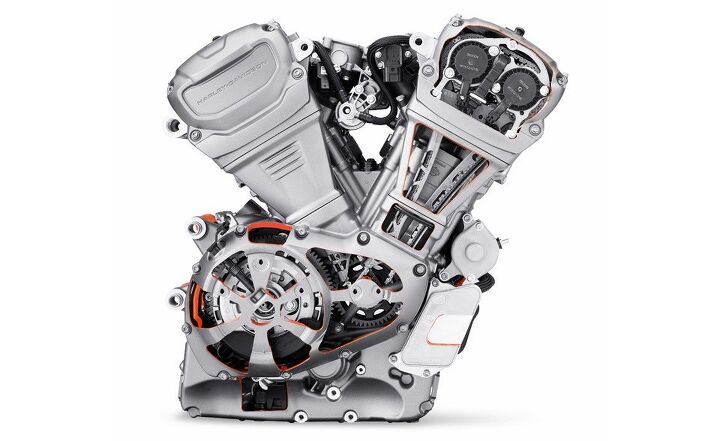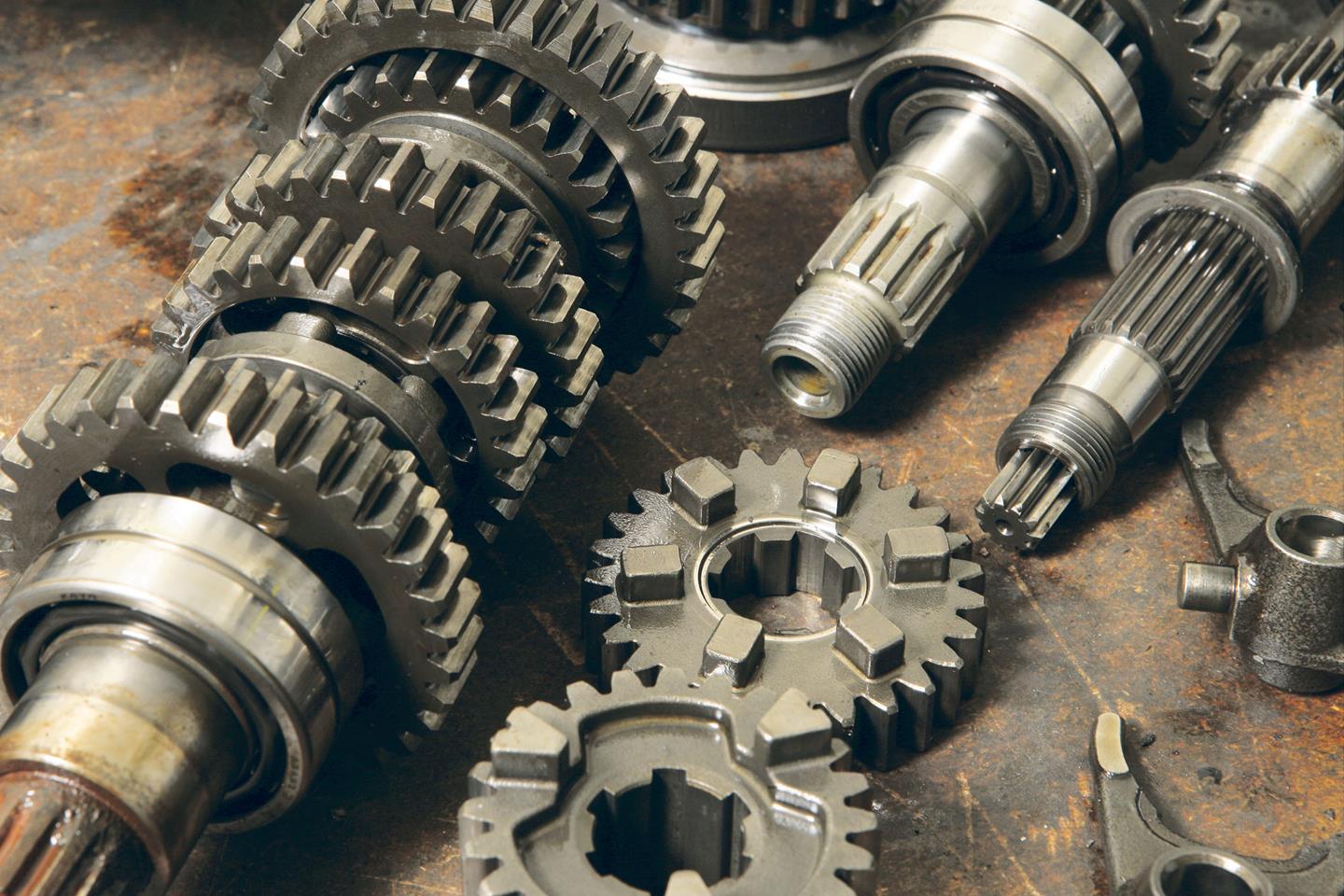

The Jiracek 4-speed countershaft high gear is 27 and the clutch gear is 19, so the 1 st number is always 1.421053 for this transmission.

The 1942-52 WR close ratio countershaft high gear is 20 and the clutch gear is 16, so the 1 st number is always 1.25 for the close ratio transmission. The 1939-40 WLDR special ratio countershaft high gear is 19 and the clutch gear is 15, so the 1 st number is always 1.266667 for the special ratio transmission. This means that the ratio spread and consequent RPM drop has been “closed up” on both shifts by moving 1 st and 2 nd closer to 3 rd, which substantially reduces 1 st gear acceleration, and makes these gear sets unsuitable for normal use. The 1939-40 WLDR “special” and 1942-52 WR close ratios differ from the standard 1935-73 transmission ratios only in one respect: the high gear ratio. The first 45 factory transmission with different internal ratios for performance use was introduced in 1939.

įor the 1935-40 standard (& 1933-34 reverse-gear) transmissions, the high gear tooth counts are: 21 for the main drive gear and 13 for the clutch gear, so the 1 st number is always 1.615385 for the 1935-40 standard ratio transmission.įor the 1941-73 standard transmission, the high gear tooth counts are: 22 for the main drive gear and 14 for the clutch gear the 1 st number is always 1.571429 for the 1941-73 standard ratio transmission. Close ratio boxes are an improvement under these conditions, but have the disadvantage of less torque multiplication in 1st.īelow are some useful ratio tables, how they are generated internally, and their effects on performance. Smaller motors, big cams, big ports or carburetors don’t pull well from low rpm, and when the 2-3 shift takes place at a speed where air resistance is high (70+ MPH), closer ratios are better and the factory (wide-ratio) gear-set is at a big disadvantage with its 36% RPM drop (5,000 RPM drops to 3,182). A numerically low 1st gear (2.046:1, &c.) reduces available torque in 1st gear, but allows more choices of progression. Speed (and therefore power) that must be lost on each up-shift is higher than would be the case in a transmission with less range (but less power in 1st gear). A wide range, which gives a strong torque multiplication in 1st gear for excellent manners in low-speed traffic (especially with a heavy chassis or side-car) mean that the progression percentages must all be high. The two factors are not mutually exclusive, but each limits the number of options for the other. or simply economic necessity: the parts were available. The progression may not be linear (continuously reduced) or done in proportionate stages for various reasons, including a special need for a gear to reach a specific speed or RPM for passing, racing, etc. The RPM drop on the 2-3 shift (which would be in turn larger than the RPM drop on the 3-4 shift). Most transmissions have some degree of progression in that the RPM drop on the 1-2 shift is larger than This is the reduction or decay in the percentage drop in engine speed in the next gear (e.g. This is the single most important determinant of low-speed acceleration.

“Range” is the torque multiplication difference between 1st gear and high gear (3rd or 4th) wider-ratio gear-sets have more, typically between 2.6 andģ.1. Please note that there are size differences between the components, and direct substitution of an alternate gear (early to late, close to standard, etc.) to provide additional an ratio selection is generally not possible. Since 1935, there have been four different ratio gearsets used: two standard and two close-ratio. Although the intermediate gears still turn, they’re only idling. In 3 rd (high) gear the clutch gear is locked to the mainshaft, so no power is transmitted through the gears, and the ratio is 1.000:1 (direct). The intermediate gear ratio is determined by multiplying the 1 st and 2 nd ratios together. The 2 nd number is the product of the pair of gears (mainshaft + countershaft) for that ratio. The high gear internal ratio is the product of the high gear tooth counts. Harley-Davidson 45 3-speed transmission’s intermediate gears (1 st & 2 nd ) are the result of the transmission of power through two pairs of mating gears, the 1 st pair of which (high gear) is the clutch gear being turned by the countershaft high gear (on the cluster). Harley-Davidson 45 Standard, WLDR & WR Transmission Ratios Ratio Calculations Harley-Davidson 45 & WR Transmission Ratios


 0 kommentar(er)
0 kommentar(er)
